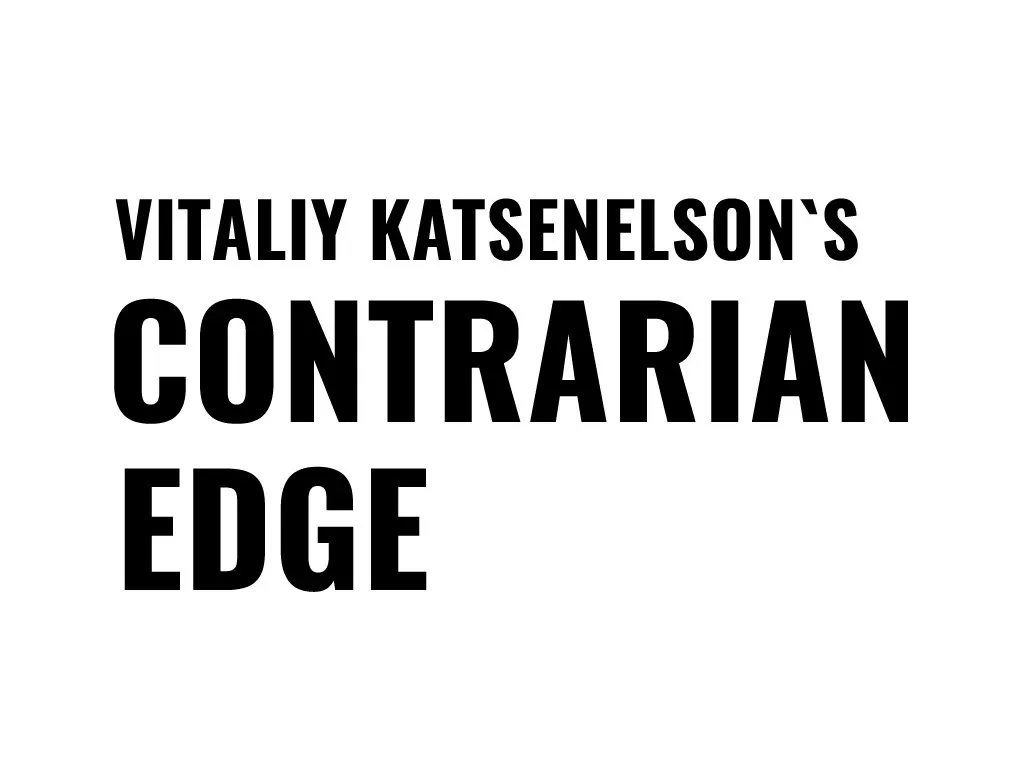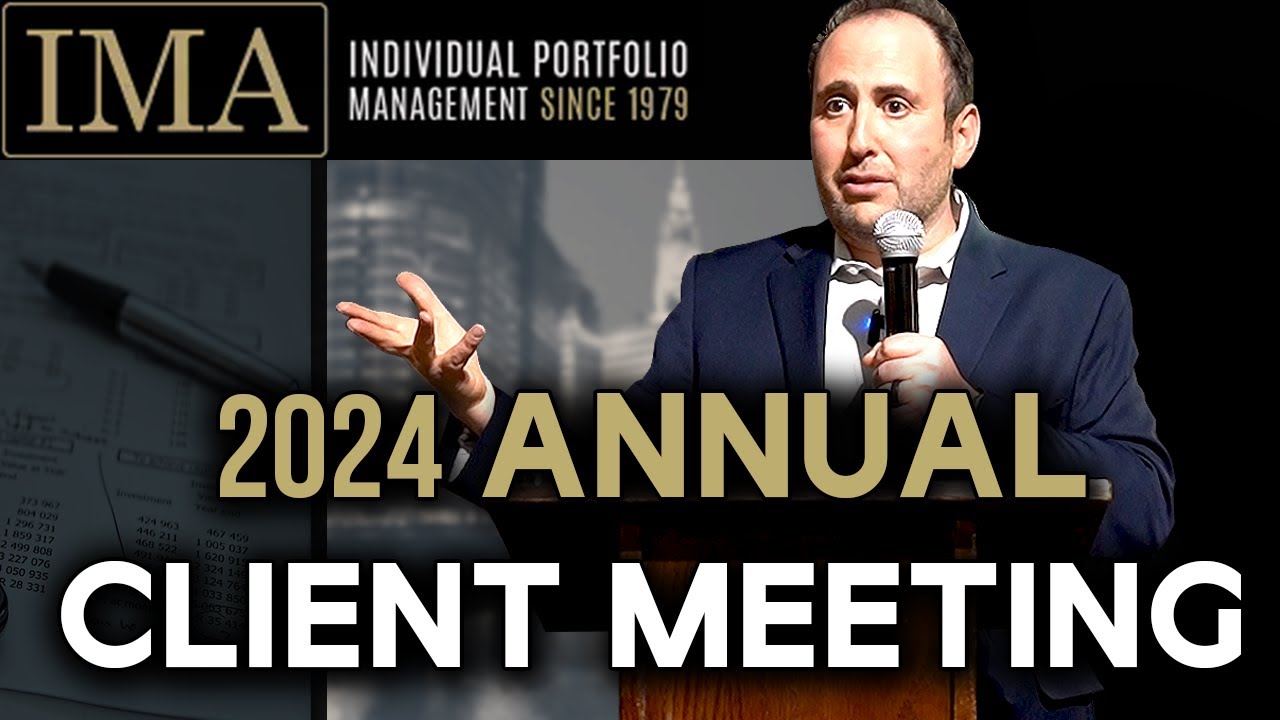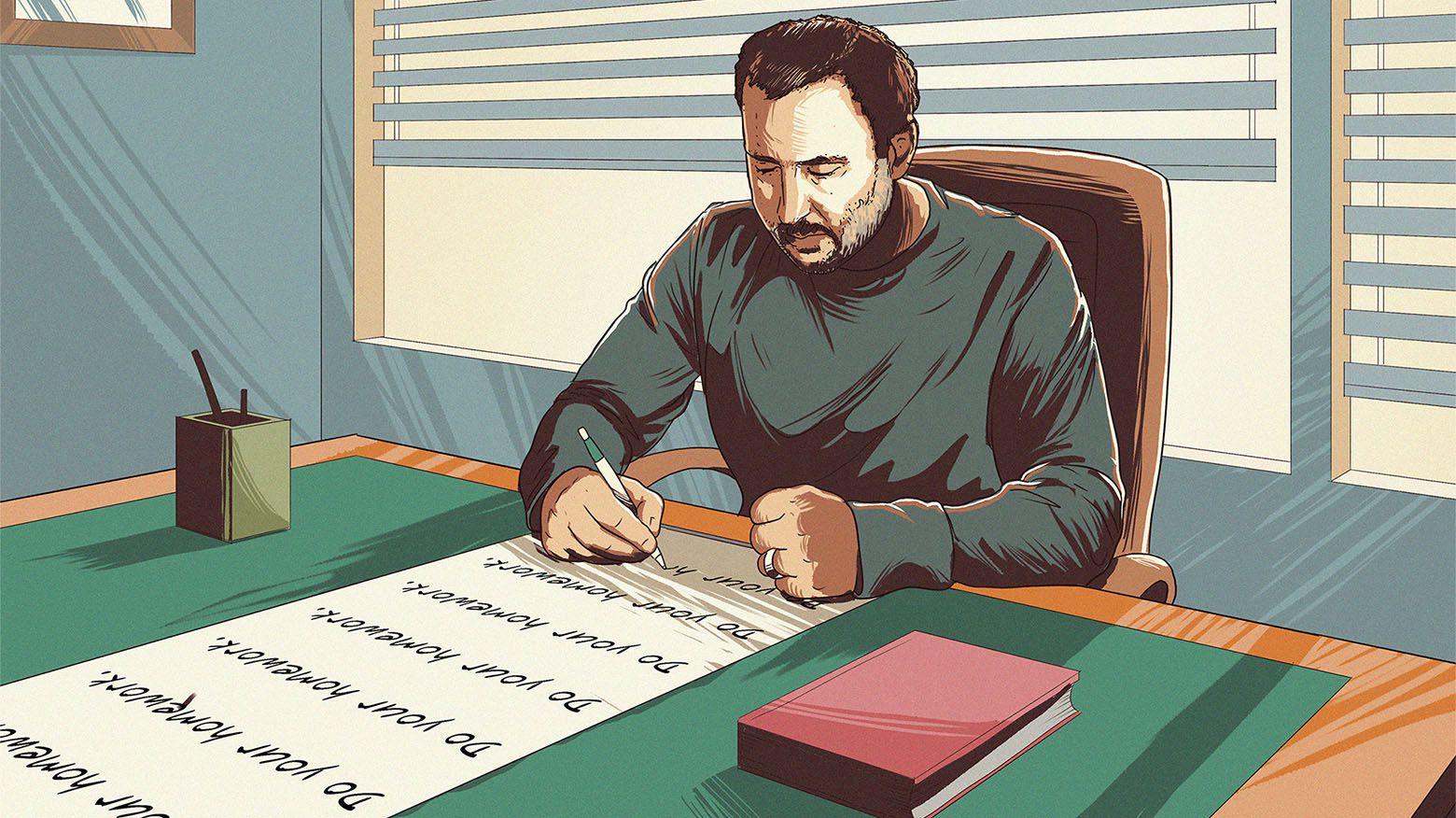September 28, 2004 – TheStreet.com: Street Insight
- Channel stuffing by pharmaceutical companies had handicapped the drug distribution industry.
- Drug distributors are pushing distribution costs back to pharmaceutical companies in a “fee-for-service” arrangement.
- A wait-and-see approach is best when investing in drug distributors, the situation may get worse before it gets better.
The drug distribution industry is going through a significant transformation. In the past, the structure of the industry was in large part shaped by the needs of its suppliers — pharmaceuticals companies — to produce smooth, ruler-like quarterly earnings to please short-term focused, quarter-minded Wall Street. The majority of pharmaceutical companies, including large names like Bristol-Myers Squibb (BMY:NYSE) and many others, succumbed to the pressure to meet and beat quarterly estimates by stuffing distribution channels.
To encourage distributors to play along, pharmaceutical companies provided incentives like selling large quantities of drugs to distributors ahead of the price increases. Distributors integrated this practice into their business models, which at the time made a lot of business sense. Distributors would hold a drug for six months and realize a double-digit, close-to-risk-free return on investment. This common practice helped pharmaceutical companies smooth their earnings, kept Wall Street happy, and boosted razor-thin margins for drug distributors. In fact, drug distributors made a large chunk of their profits by holding highly inflationary inventory, not on distributing drugs in a traditional sense.
Inability To Smooth Sales May Result in Lumpier Sales and Earnings Growth
The problem with channel stuffing was that by stuffing more inventory than what was warranted by demand into the distribution system, companies borrowed from their future sales and at some point, excess inventory needed to be worked through the system, hurting future sales. That is exactly what happened to Bristol-Myers Squibb in March 2002: The company pre-announced lower sales due to excess inventory in the distribution system, the stock was crucified and government investigation and shareholder lawsuits followed shortly thereafter. Bristol-Myers Squibb was not a lone ranger in the inventory stuffing scheme and other drug companies got the cue. Since the Bristol debacle, most pharmaceutical companies have stopped playing the inventory game, considerably cutting off inventory levels at the distributor level.
Is this good news? It depends on one’s perspective. From an investor’s perspective, it’s great news. However, for pharmaceutical companies, inability to smooth sales may result in lumpier sales and earnings growth.
Drug Distributors See Need for New Model
The real casualties of pharmaceutical companies “going legit” are the distributors. Distributors are currently going through mid-life crises and doing a lot of soul searching. It’s obvious to distributors that the business model needs to be readjusted. Since the inventory game has basically subsidized their distribution cost, customers have become accustomed to receiving product basically at cost and are thus reluctant to pay a price higher than cost, leaving distributors in a tough spot.
Cardinal Health (CAH:NYSE) is on the forefront of the industry transformation. Historically it has been the most efficient operator in the industry and has higher operating margins and ROA than Amerisource Bergen (ABC:NYSE) and McKesson (MCK:NYSE). If Cardinal Health doesn’t make money distributing drugs in a traditional way, neither do the others. Amerisource Bergen and McKesson have no choice but to follow Cardinal Health’s lead.
Realizing that price increases may sour relationships with its customers, Cardinal Health has turned to its suppliers, asking them to pay a fee for its distribution services. At first pharmaceutical companies probably thought that Cardinal was consuming the “drugs” it was supposed to distribute. However, the fee-for-service model is not much different from the old holding-inventory model. In the past, pharmaceutical companies allowed distributors to capture a portion of pharmaceutical companies’ profit (price appreciation due to inflation) by letting distributors hold excessive inventory levels of drugs. In the end, in both cases pharmaceutical companies were paying for distribution services. Based on Cardinal Health’s conference call, a lot of pharmaceutical companies have switched to the new model.
Industry Consolidation Has Given Distributors an Upper Hand
To distributors’ advantage, the industry has consolidated over the last 20 years. Cardinal Health, McKesson and Amerisource Brunswick dominate the drug distribution industry, accounting for 90% of industry sales. Pharmaceutical companies don’t have the scale needed to distribute their own drugs. It is also unlikely that they will want to make an investment into distribution infrastructure; they are likely to stick what they know best — developing drugs and marketing them.
We expect the industry to switch to a fee-for-service type of structure, where suppliers will pay for the larger portion of distribution services, though we expect pharmaceutical companies to drag their feet and rationalize some of their distribution. McKesson’s recent announcement that it was not able to pass price increases to customers is a good indication that customers are refusing to pay higher prices, leaving pharmaceutical companies picking up the tab for distribution services.
Cardinal Health Needs a Management Change To Be a Viable Player
Cardinal Health is better positioned than its competitors, since distribution accounts for a little more than 50% of its operating profits where for its competitors distribution represents about 80-90% of operating profits.
However, Cardinal Health’s management has absolutely no credibility. Not unlike its suppliers, Cardinal Health’s past success has exerted pressure on management to resort to financial shenanigans. The company is under SEC investigation, its CFO has been fired and replaced, it has delayed issuing its 10Q and it may have to restate its financials going back three years. During the last conference call, management was beating its collective chest confirming guidance, just to revise it down substantially several months later.
To gain Wall Street credibility, Cardinal’s current management team needs to be replaced. If management is replaced, the distribution business shows some signs of stabilization (even at lower levels) and the stock falls to the low 30s (at that price you are not paying much for distribution business), Cardinal Health stock would definitely deserve a second look.
Climate Change Could Force Middlemen Out
Wall Street hates uncertainty, and the drug distribution industry has a large cloud of uncertainty floating over it. Though we expect pharmaceutical companies to switch to fee-for-service arrangements, it is unclear how profitable they will be to drug distributors. Though this industry is very important and provides value for its customers, change in the industry climate may push large pharmaceutical companies to create tighter relationships with their big customers (improvements in technology definitely make it easier) i.e. Walgreen’s (WAG:NYSE) and CVS (CVS:NYSE) that are not asking for a fee-for-service from them, cutting middlemen out and leaving breadcrumbs for drug distributors. Value creation — essence for profit — will be a difficult task for drug distributors going forward.
Disclosure: Investmement Management Associates and/or Vitaliy Katsenelson may have positoins in the stocks mentioned
Vitaliy N. Katsenelson, CFA
Copyright TheStreet.com 2004










0 comments